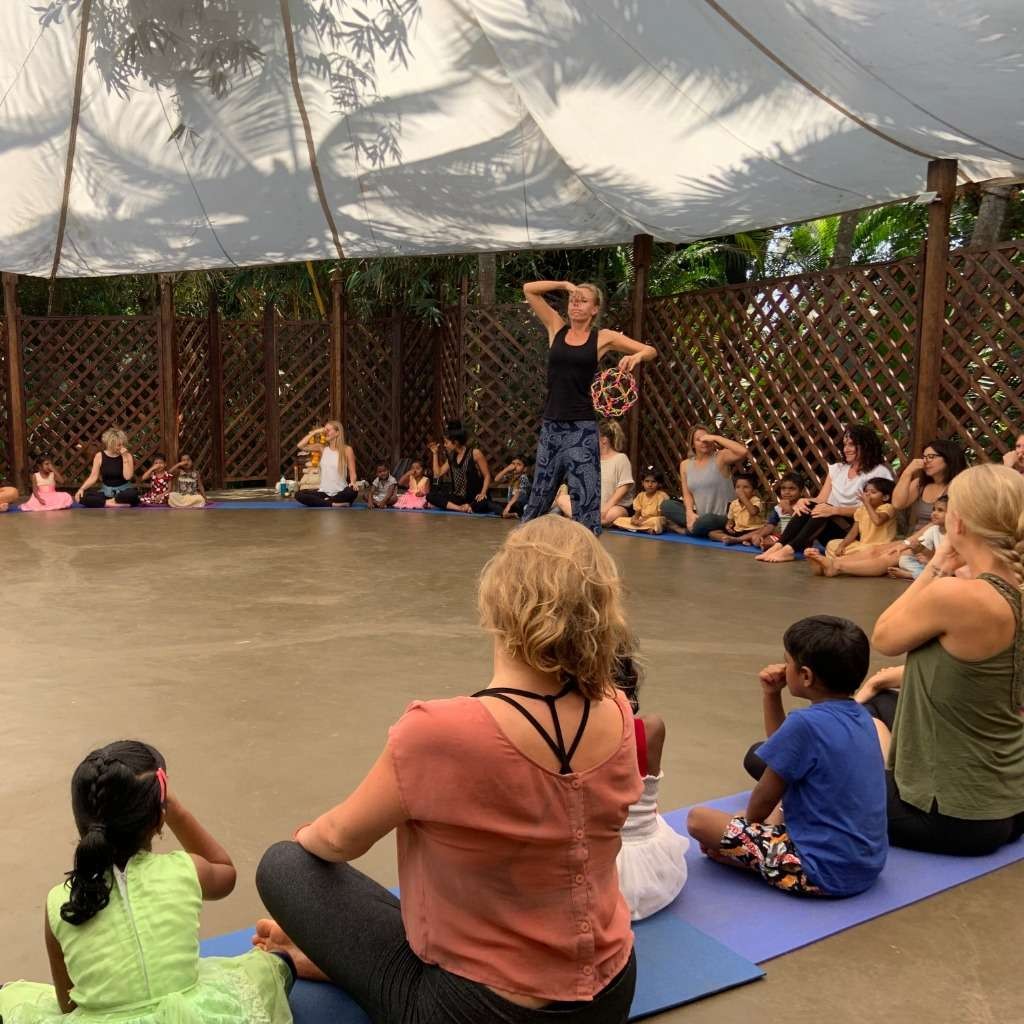Each movement is linked to the breath with the student practicing "Ujjayi" or victorious breathing - the practitioner constricts the throat, producing a breath that sounds like the ocean and allows the air to be purified and heated before it enters the body, thus facilitating the elimination of toxins. There are three vital elements to the Ashtanga practice which are referred as "tristana" "Ujjayi" breath (as described above). "Drishti" or gaze points. There is a set gaze point for each movement (third eye, nose, foot, hand), this allows the student to withdraw the mind from external sensory stimuli, focus the mind and move. "Bandhas" or body locks which lock "prana" (energy) in the body. This practice is elegant but powerful and creates great amounts of heat in the body, which increases flexibility and helps in the rapid elimination of toxins. The focus on "drishti" points and on the breath will build total and absolute concentration over time, leading gradually to a heightened sense of awareness and deeper connection to, and understanding of, life, oneself, and others.
Category
- Holiday Retreats
- Beach Retreats
Styles
- Nidra Yoga
Skill level
- Beginner
- Intermediate
Food Type
- Vegetarian
Meals
- Breakfast
- Lunch
- Dinner
Retreat For
- Solo Traveller




